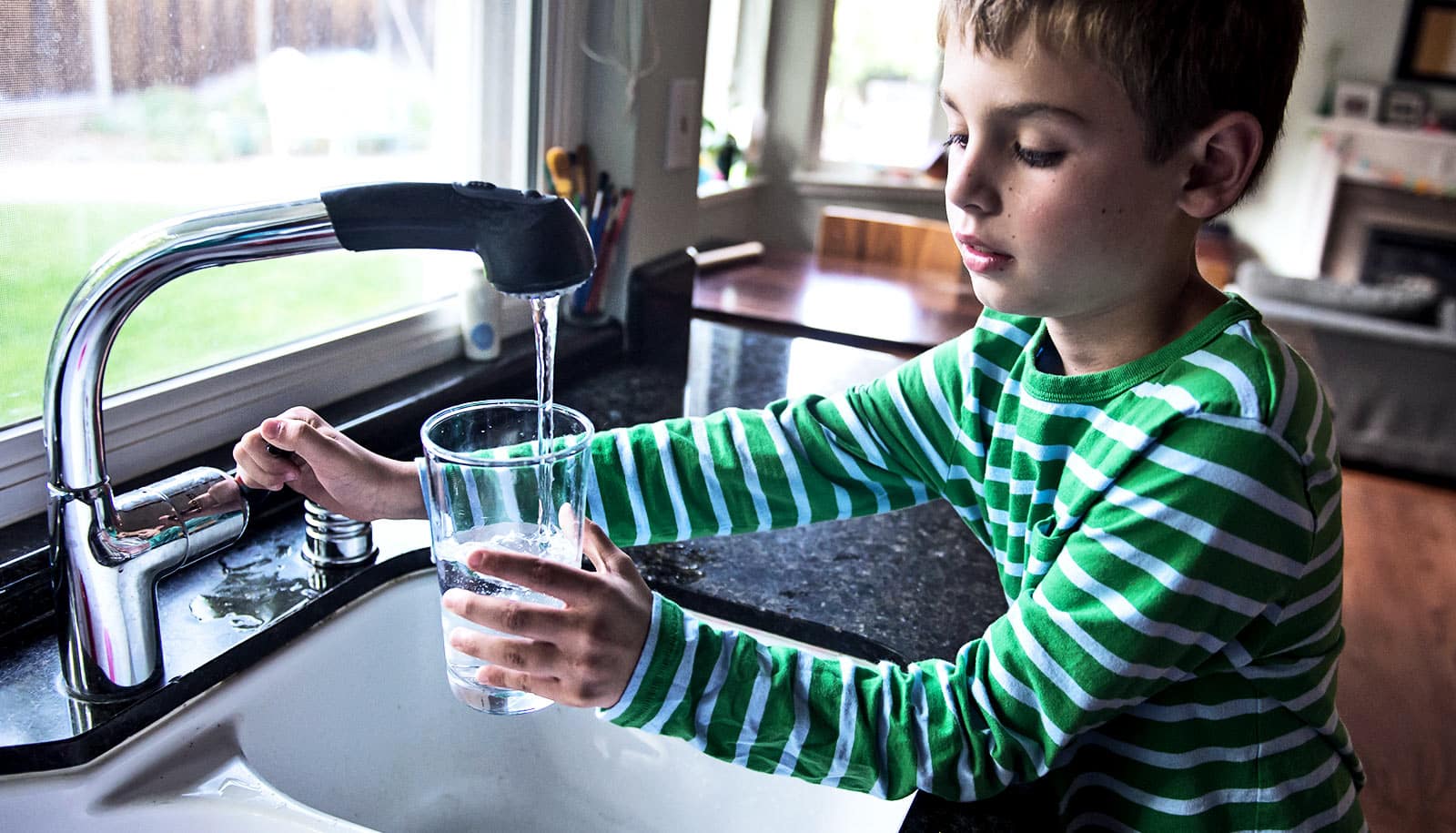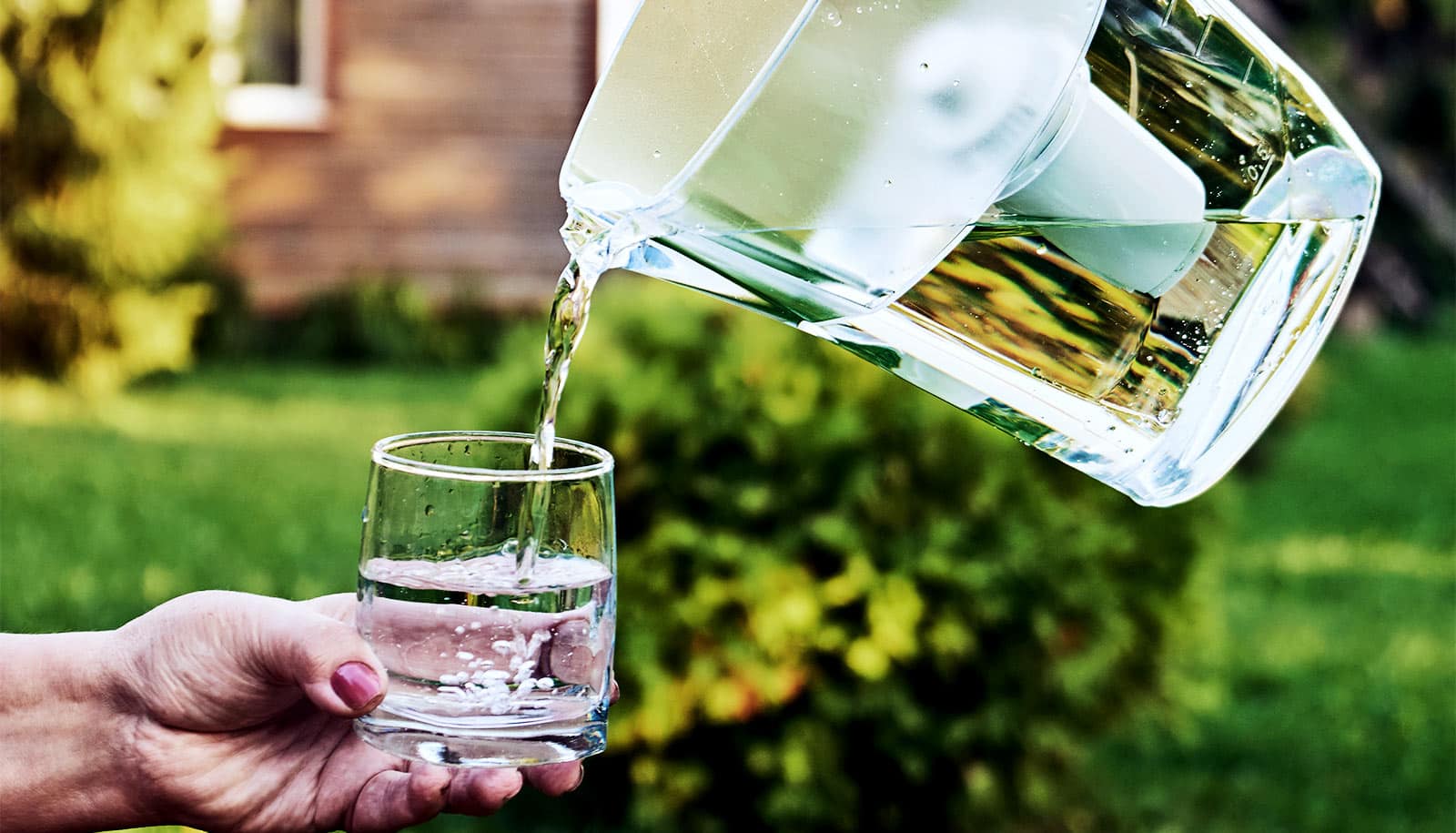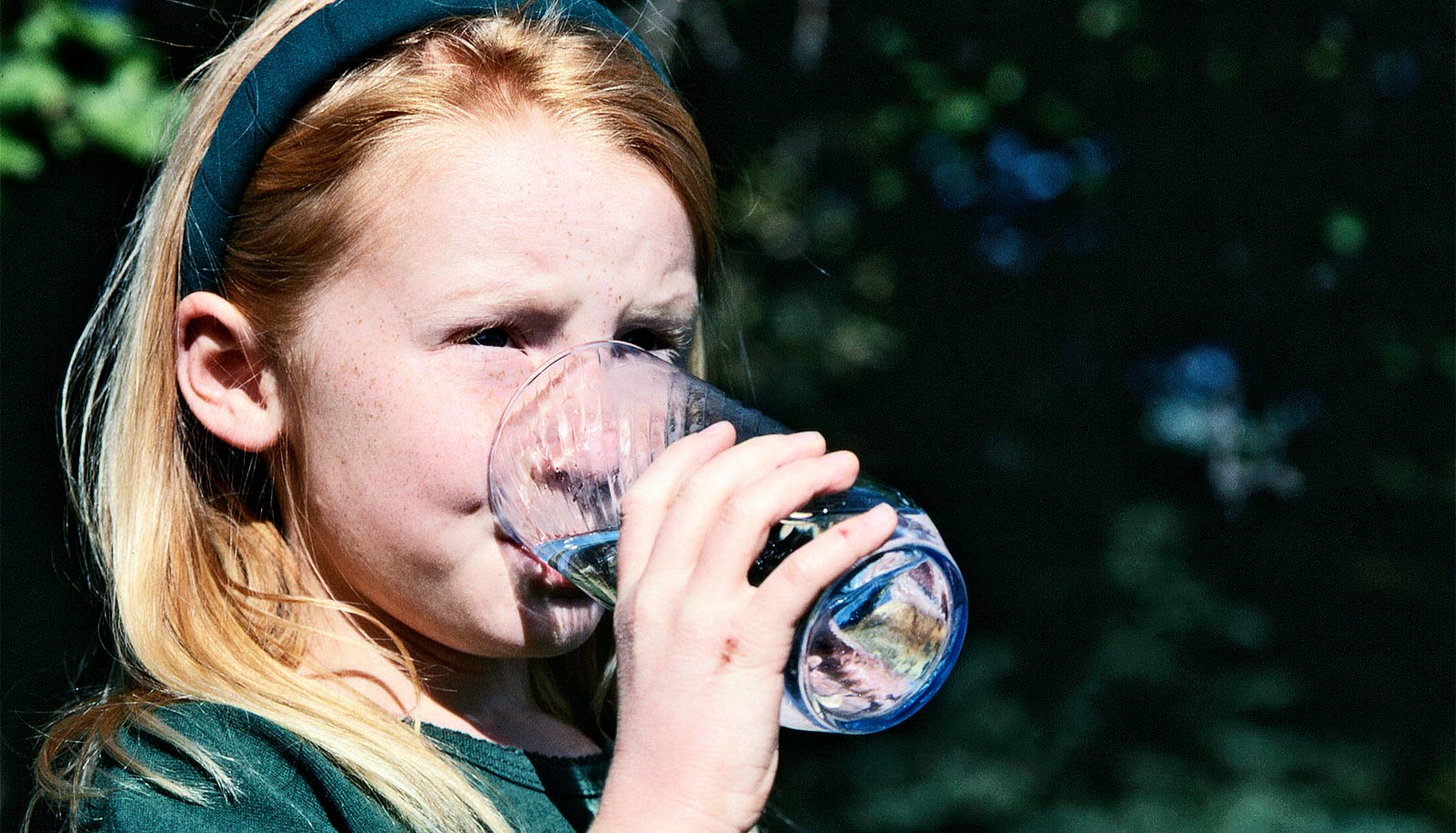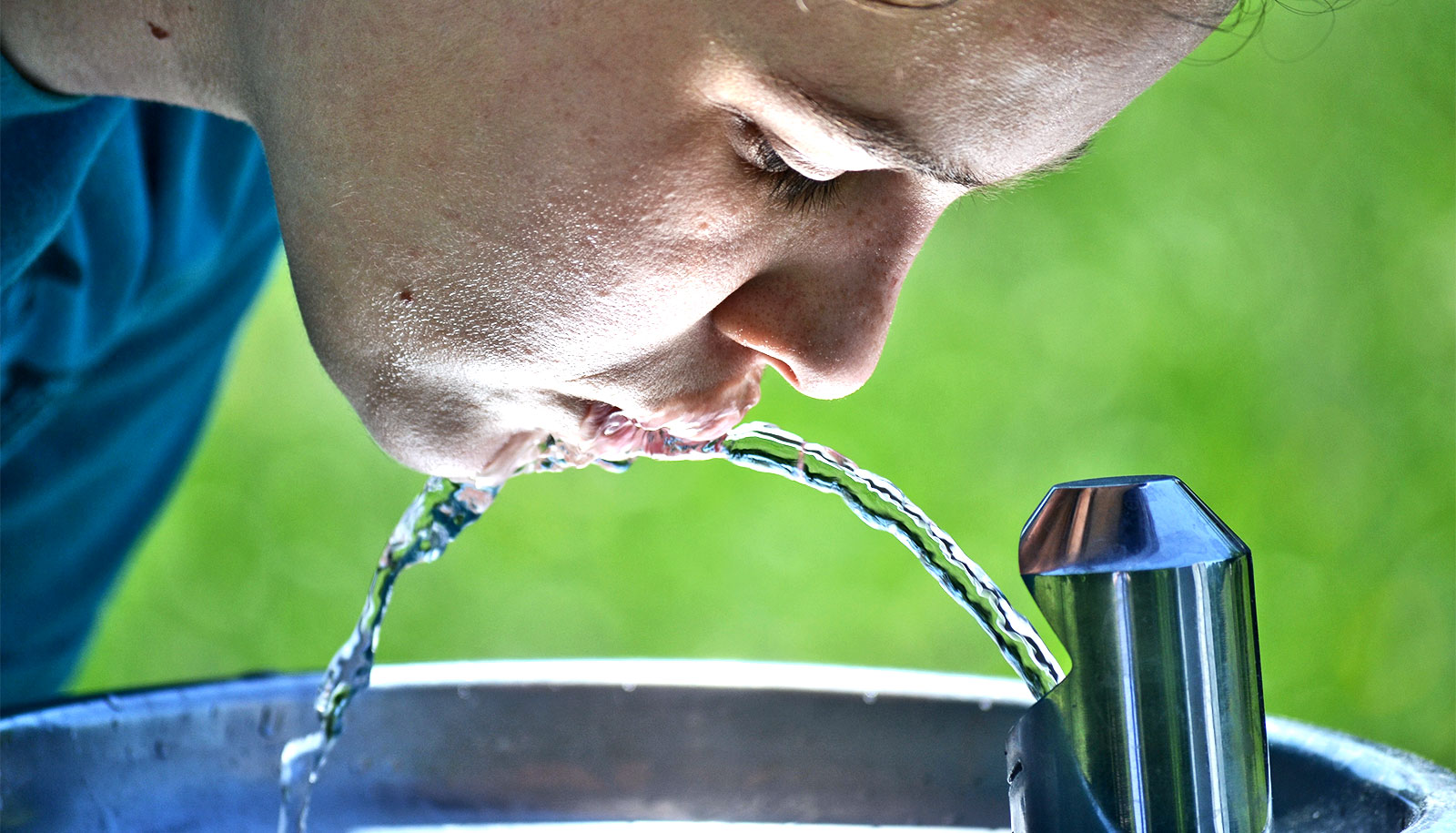The water quality of a home can differ in each room and change between seasons, according to a new study.
The findings challenge the assumption that the water in a public water system is the same as the water that passes through a building’s plumbing at any time of the year.
“This study reveals that drinking water in the service line water is clearly not the same quality at your faucet,” says Andrew Whelton, an associate professor of civil engineering and environmental and ecological engineering at Purdue University.
Water quality in your house
The study is so far the largest and most intensive investigation of water quality over time and throughout a single house. The researchers collected data 58 times at the house over the course of a year, logging more than 222,000 hours and 2.4 billion records.
While more studies at this scale are needed before generalizing findings to other American homes, the results are concerning: 10% of the time, researchers did not find disinfectant in the water entering the house studied, meaning that the water was not properly protected from bacteria growth once it entered the home.
There were also increases in water pH inside the house and large fluctuations in organic carbon. Either can indicate drastic changes in drinking water chemistry.
The study took place at a three-bedroom house in West Lafayette, Indiana, that also functions as a living laboratory for developing technologies that would make homes more sustainable. Whirlpool Corp. funds the home, called the Retrofitted Net-zero Energy, Water, and Waste (ReNEWW) House. It’s the first lived-in retrofitted net-zero energy, water, and waste home. Whirlpool engineers also were actively involved in the study.
Federal and state law does require water utilities to report their drinking water’s chemical quality where it enters a buried water distribution network and at select locations throughout that network. But that water may not be representative of the water quality in a building.
And even when utility companies check for lead and copper at a building faucet, they are not required to check faucets throughout the entire house or between seasons.
“We found that the water chemical quality varied significantly through water fixtures due to water temperature, plumbing fixture, and different water uses,” says Maryam Salehi, an assistant professor of civil engineering at the University of Memphis who was previously a postdoctoral research associate at Purdue.
Spatially, there was no disinfectant exiting the house’s water heater more than 85% of the time. While the team found other chemicals to be higher than others between seasons or throughout the house, most of these levels aren’t harmful according to national guidelines.
The level of lead in the ReNEWW house did, however, exceed the American Academy of Pediatrics recommended exposure limit for children. No children were living in the home.
Researchers also found some of the house’s lead-free plumbing components leached lead in a bench-scale test.
What needs to change and what you can do
These findings call for a closer look at both how often utility companies should monitor lead concentration in a home. They also raise the question of whether governments should more broadly provide financial support to homeowners for testing their own water quality.
Climate change may also exacerbate seasonal variability in water quality.
“It’s known that warmer temperatures allow microorganisms to persist in source water for longer periods of time. Heavier precipitation can also result in combined sewer overflows in some locations, while droughts affect water quantity and available source water,” says Jade Mitchell, an associate professor of biosystems and agricultural engineering at Michigan State University.
Some of the study’s findings could already have implications for other houses in the US, given that the ReNEWW house has a similar square footage and plumbing design compared to the average American home.
“After water enters a home it continues to age. Older water is more likely to have contaminants that are problematic. Because the quality of water delivered to a single home can vary significantly, and building plumbing can change the water too, predicting drinking water safety at every building faucet is currently not possible,” Whelton says.
The researchers note that different plumbing materials, a varying number of house occupants, and other factors could affect the water quality of a home. These factors warrant future study.
More studies like this one could inform the development of new technology for preventing people from encountering unsafe water in their home.
In the meantime, there are several precautions consumers could take to improve their home’s water quality.
“Choose plumbing designs that minimize the amount of water and time that water sits still. This should help limit microbial growth and lessen the chance that chemicals leaching from the plumbing exceed unacceptable levels. If you have an existing home, flush the faucet before taking a drink to get rid of the old water. Flushing can help bring in new, fresher water from the building entry point,” Whelton says.
More plumbing safety tips and resources are available on Whelton’s site.
The research appears in the journal Building and Environment. Additional researchers from Purdue, the University of Memphis, and Michigan State University contributed to the study. The EPA funded the study.
Source: Purdue University



